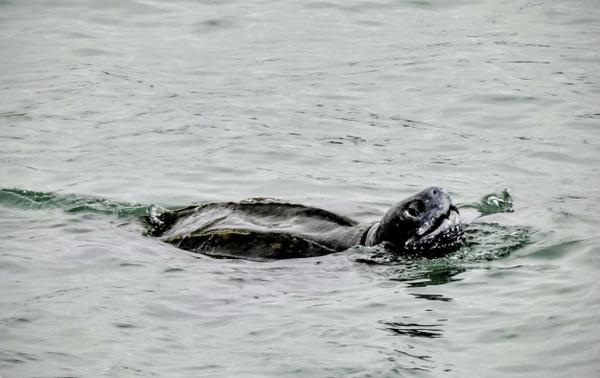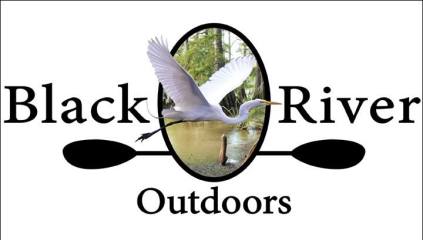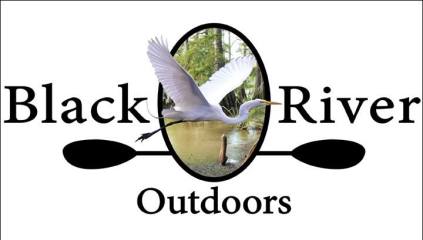Leatherback Sea Turtle on Full Moon Kayak Ecotour


I saw my first ever Leatherback Sea Turtle in the wild today on our Full Moon Kayak EcoTour. We paddled out into Murrells Inlet in daylight, and walked along the beach out to the jetty. We had seen quite a few cannonball jellyfish along the way, along with Least Terns, Red-Breasted Mergansers, herons and egrets. The Full Moon was remaining elusive, being blocked by some low-hanging clouds on the horizon, but the sunset was beautiful back over the mainland. One of our guests noticed a bunch of Cannonball Jellyfish next to the jetty. I commented that we should look for Leatherback Sea Turtles, since they follow the Cannonball Jellies, and Paul almost immediately pointed out a Leatherback between the jetties. It reappeared in less than a minute. This was a very large sea turtle (the largest species in the world). They are typically 4-6 feet long, and weigh up to 1100 pounds, with the largest recorded being almost ten feet long and weighing over 2000 pounds., They are the only sea turtle that lacks a hard shell. Instead, they have a thick rubbery skin that looks like black leather.
Leatherbacks eat a diet of almost exclusively jellyfish, with cannonball jellyfish being their primary food source in our area during their migration north from the Caribbean. They require huge amounts of jellyfish to support their enormous size. The mouth of a Leatherback looks like something from a horror movie. Their mouths and esophagus are filled with long, sharp spikes made of cartilage. These keep jellyfish from floating out when the turtles expel excess sea water that they have swallowed. The long esophagus lets them rapidly eat large quantities of jellyfish very quickly.

